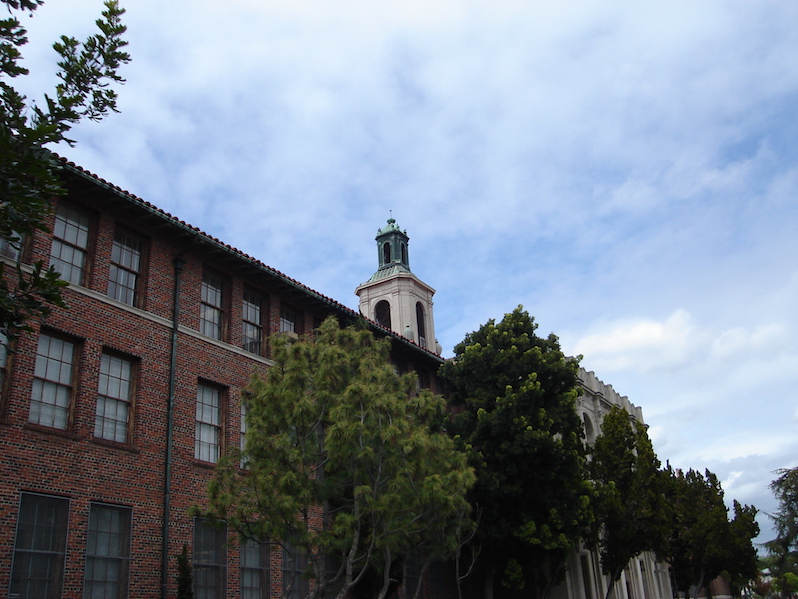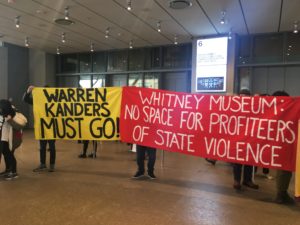U.S. Public Schools Should Revive Stagnant Humanities and Arts Education
The best remedy against cynicism in young students is a curriculum that teaches contemporary events while establishing parallels with history. The entrance to Hamilton High School in Los Angeles. (Wikipedia Commons)
1
2
The entrance to Hamilton High School in Los Angeles. (Wikipedia Commons)
1
2

The entrance to Hamilton High School in Los Angeles. (Wikipedia Commons)
Independent journalism is under threat and overshadowed by heavily funded mainstream media.
You can help level the playing field. Become a member.
Your tax-deductible contribution keeps us digging beneath the headlines to give you thought-provoking, investigative reporting and analysis that unearths what's really happening- without compromise.
Give today to support our courageous, independent journalists.









You need to be a supporter to comment.
There are currently no responses to this article.
Be the first to respond.